Any gardeners who spend a lot of time on the internet have probably heard of chaos gardening. This trend started on TikTok but has since spread throughout the gardening industry, defining a new, low-maintenance approach to planting.
Whether you have an empty garden patch you don’t know what to do with, are too busy for meticulous garden care, or want to experiment and play in the garden, chaos gardening is the answer.
What is Chaos Gardening?
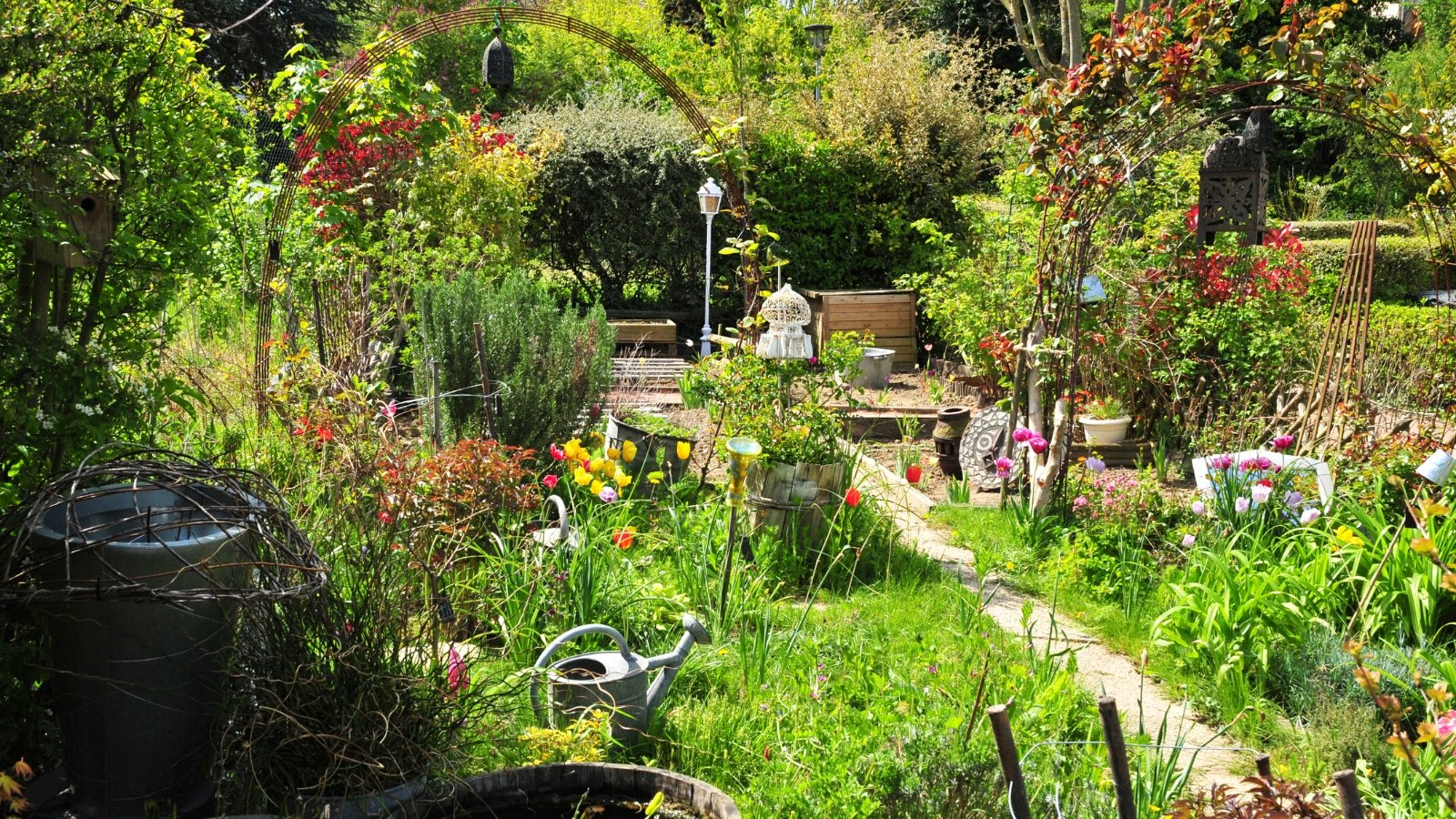
Chaos gardening is a carefree approach to planting that lets go of some of the traditional rules.
When planting seeds, you’ll usually see a list of instructions, from spacing to sowing guidelines and even expiration dates. Chaos gardening throws those rules out the window, letting nature take the reins instead. In short, you sprinkle seeds to germinate where they land, allowing the plants most suitable to grow in that area to thrive.
While you can grow a complete chaos garden, most gardeners use this approach in sections rather than throughout the whole backyard. If you have an empty bed that you don’t know what to do with or a large container you want to fill with flowers, starting a chaos garden patch is ideal.
The results aren’t guaranteed, but they rarely are, even when following traditional gardening methods. And this way, you get to add an element of surprise and excitement to the process.
The Benefits of Chaos Gardening
For lazy gardeners (myself included), the benefits of a ‘carefree’ garden are pretty self-explanatory. But there are some other reasons to start a chaos garden you may not have considered.
Less Maintenance
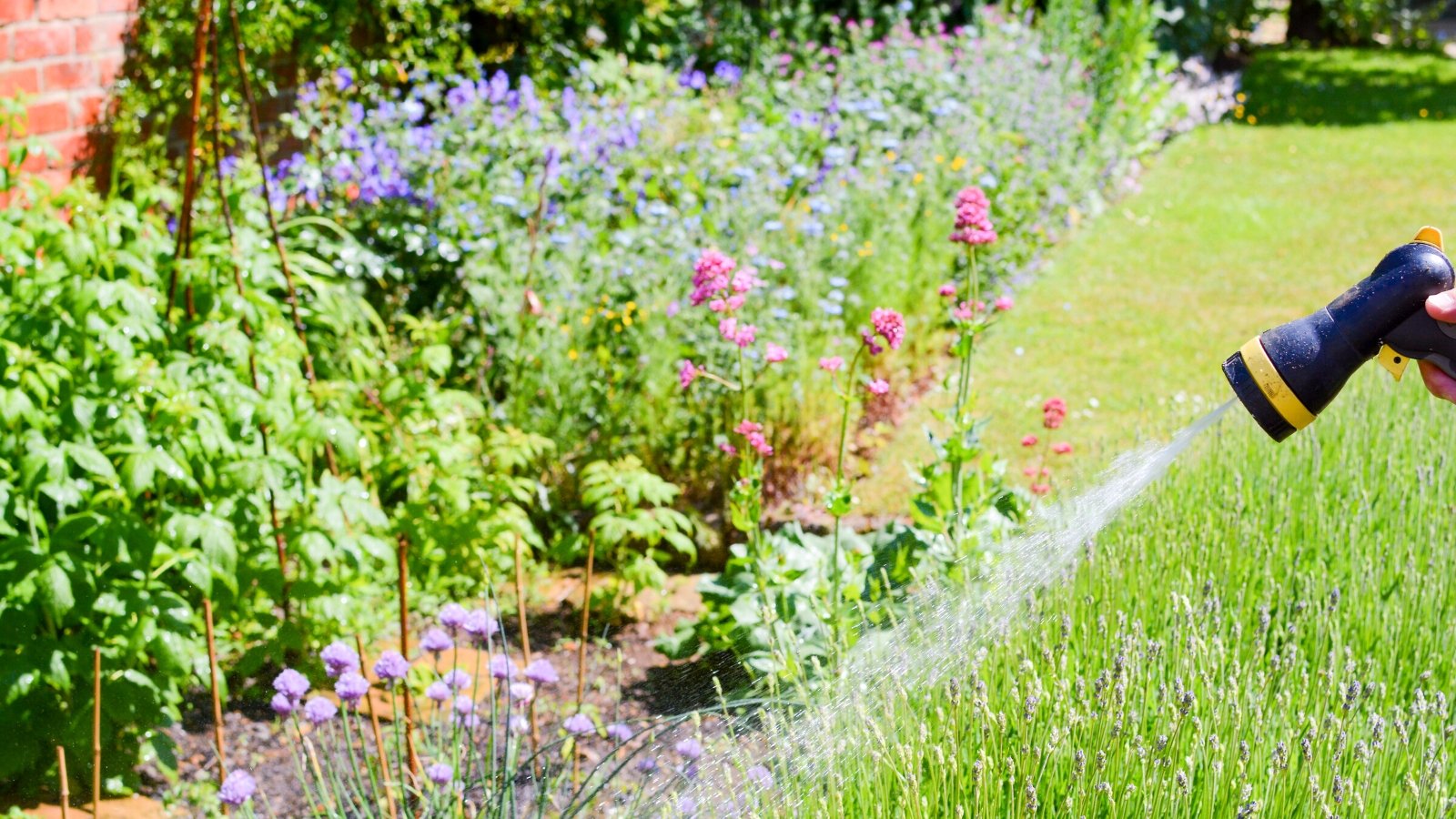
One of the main reasons why chaos gardening has become so popular is how low-maintenance it is. You don’t need to spend hours tending to your seedlings and meticulously transplanting. In fact, chaos gardening argues the alternative is better for the plants and for you.
The goal of chaos gardening is to let whatever plants will flourish in a space flourish without effort. Regular tasks like watering, fertilizing, and pruning are ignored to allow seeds to establish naturally.
Many of the seeds you sprinkle won’t germinate, but that’s part of the process. At the end of the day, you know whatever does germinate is happy with the soil conditions and rain levels, removing those maintenance tasks from your to-do list.
Increased Biodiversity

Chaos gardens start with a mixture of seeds, usually leftovers from whatever seed packets you have stored. Mixing these together and sprinkling them throughout a bed or container will create much greater biodiversity in that space than if you had to plant rows and rows of the same crop. This encourages more pollinators and boosts soil health, too, improving the overall productivity of the rest of your garden.
Less maintenance can also contribute to this increased biodiversity. Using fewer products to feed plants or kill weeds and pests decreases the risk of damage to soil microbes or the wildlife in your garden, creating a balanced ecosystem that keeps itself alive.
Experimentation
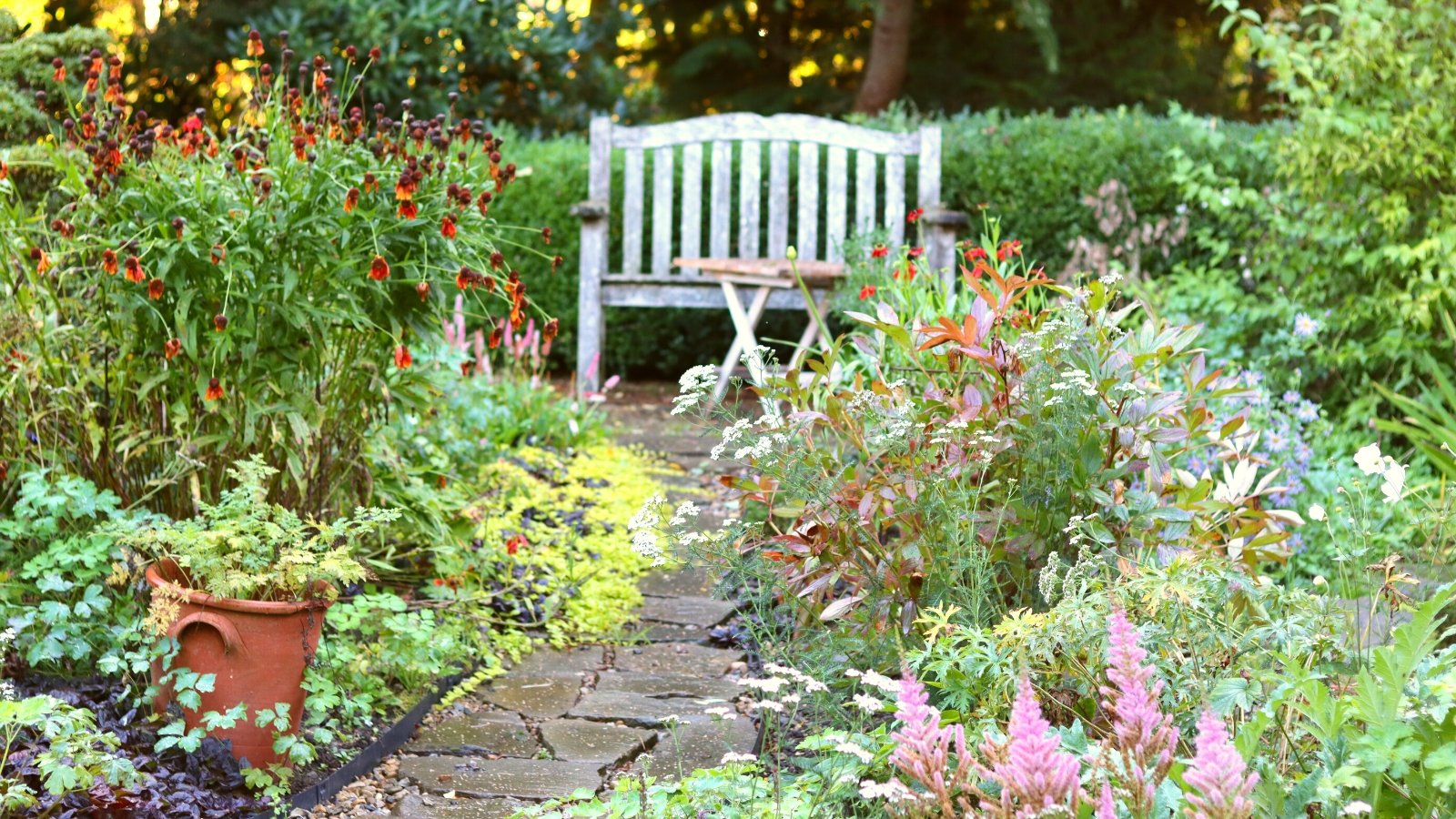
One of my favorite benefits is the element of surprise and experimentation you get with a chaos garden.
After sowing, you don’t really know what will pop up and what won’t. You’ll also get to observe how the different plants you sow together interact with each other in a relatively low-stakes way. It’s a fun way to experiment and play around, whether in containers or in beds.
Education
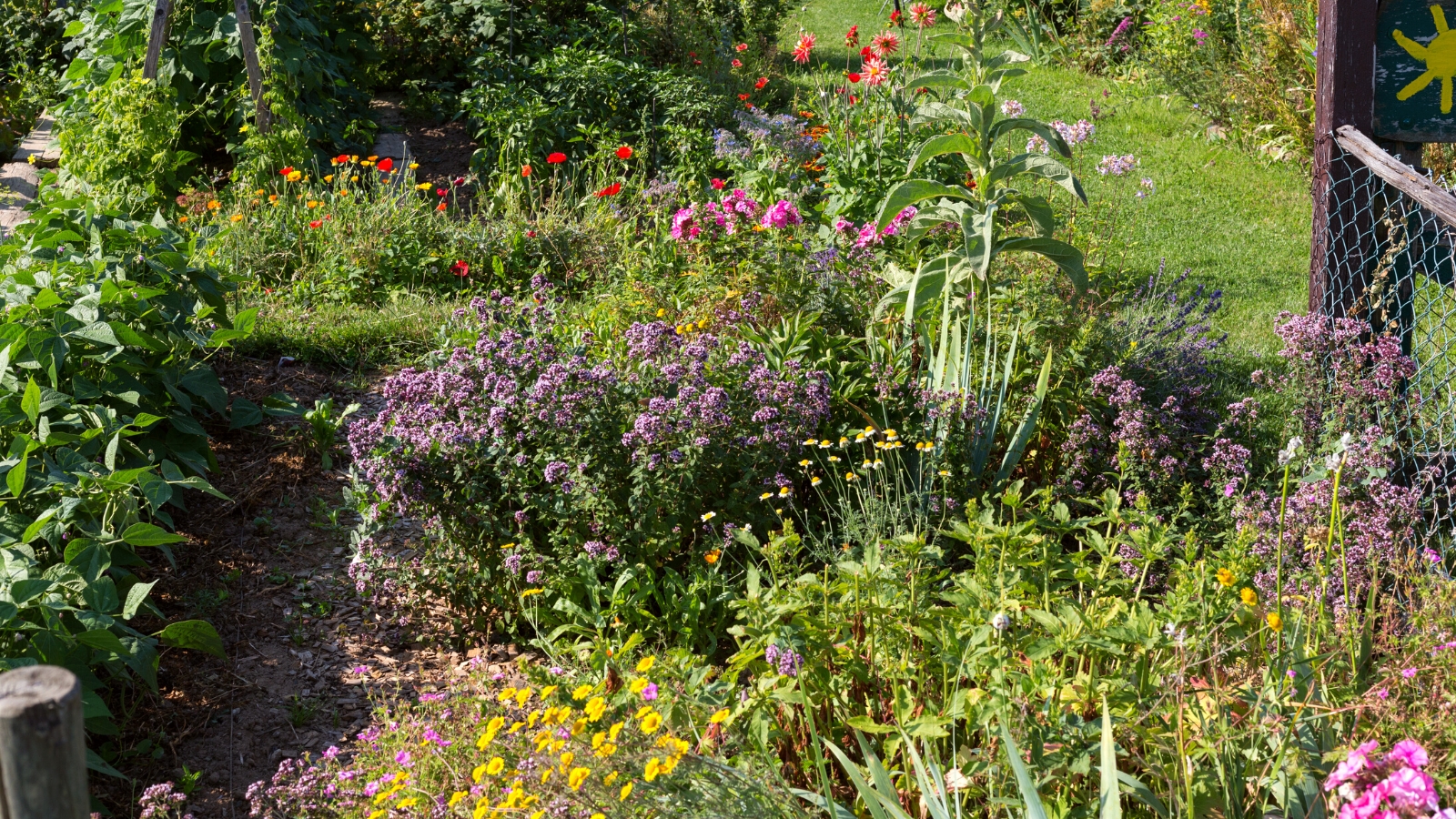
The final benefit is helpful not only in future chaos beds but throughout the rest of your garden too— education.
Planting a chaos garden gives you a better idea of which plants thrive in your soil type and rainfall with little attention. If there is a plant you struggle to grow or need to give meticulous attention to in order to be successful, replacing it with something that grows well in your chaos garden is an ideal solution.
By planting a chaos garden, you can learn more about your garden environment and what to grow without much effort or attention on your part.
How to Start a Chaos Garden
Now that you’ve decided to start a chaos garden patch, there are a few steps to follow. Luckily, like chaos gardens themselves, they don’t require much time or effort.
Identify a Location
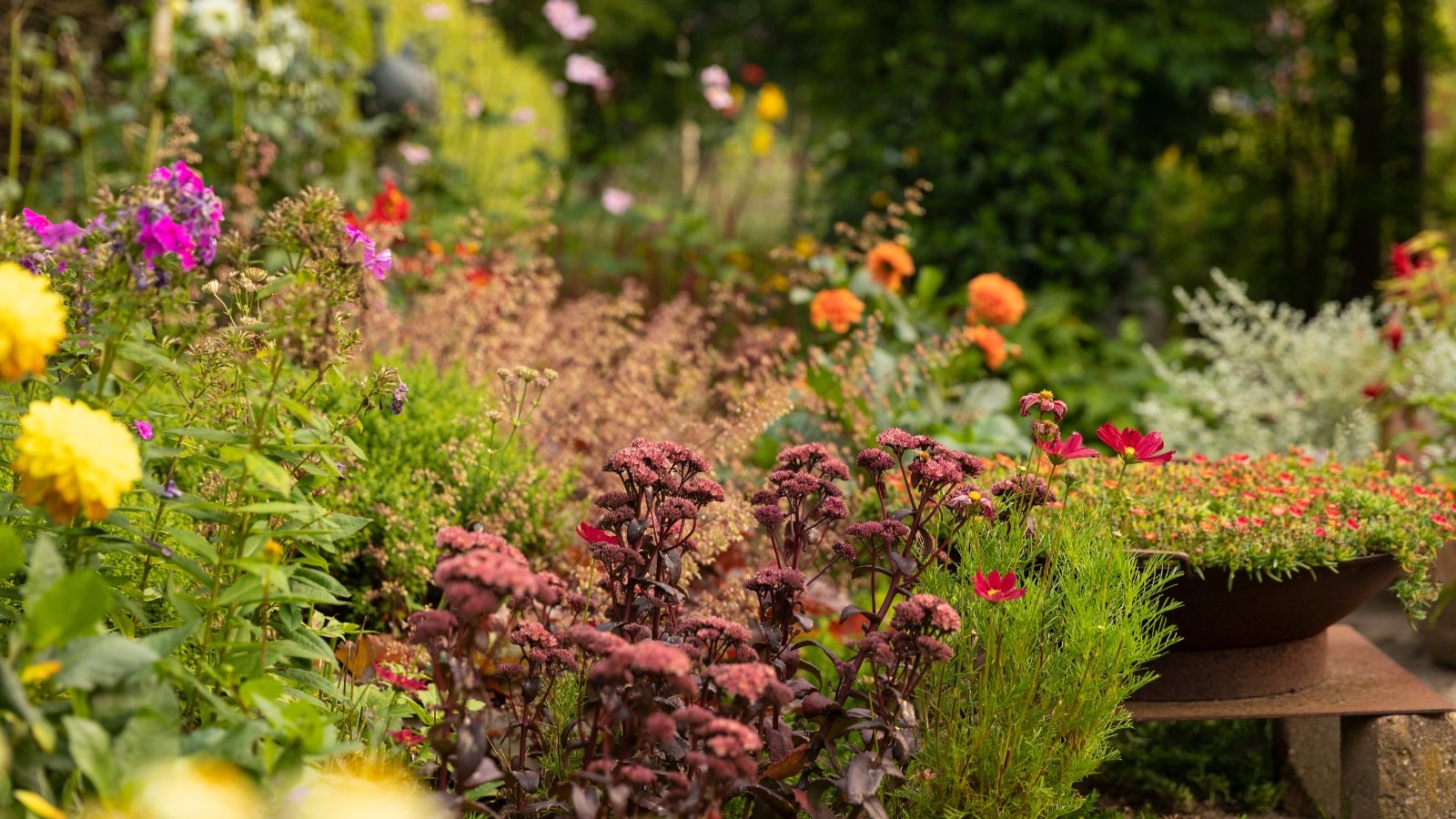
Start by identifying a location for your chaos garden. This could be a large empty raised bed, a section of your garden where you want to replace your lawn or even a container. You can start small or go big from the start, as there aren’t many resources needed to get started.
Since most garden plants prefer a position with full sun, it’s best to pick a spot that gets at least six hours of sunlight per day. You can also choose an area with some partial shade, although you likely won’t see as many flowers in shady conditions. I would avoid deep shade for a garden like this, depending on the seeds you’re planting.
When choosing a location, aesthetics is also a consideration. If you’re confident many of your seeds will germinate to create a bed overflowing with plants, placing them close to your home is ideal. If many of the plants attract pollinators, planting close to a window will allow you to watch the buzz of activity indoors, too.
Unfortunately, there is the risk of little to no plants germinating, leaving you with a bare patch of soil that’s not great to look at. I planted a chaos garden bed right in front of my patio in summer, and only two tiny nasturtium plants survived, providing plenty of room for weeds to take over. Planting in a highly visible area can be a risk, but the potential rewards are also high.
Prepare The Soil
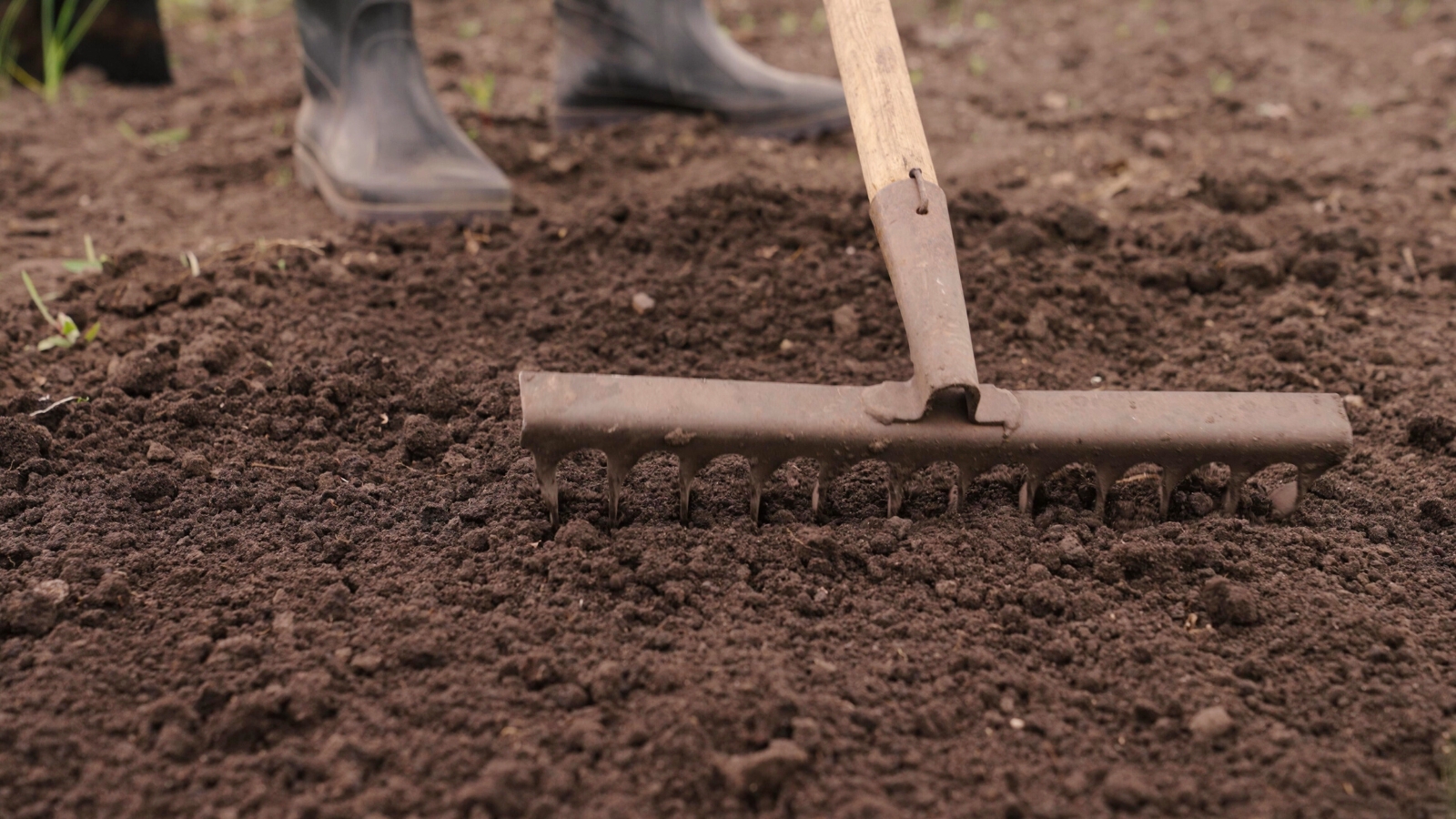
The next step is to prepare your soil if you like. This step can be skipped in certain conditions, but if your soil is compacted and dry, some preparation will go a long way in helping your seeds germinate.
At the very least, I would loosen the top layer of soil with a rake or a fork to ensure there is as little resistance to germination and young root growth as possible. I also like to sprinkle some compost over the top (especially if the soil is not great quality) to give the tiny seeds a good start.
But the beauty of chaos gardening is that you can do as much or as little as you like. If you’d prefer not to amend the soil or loosen it, you don’t have to. Make this part of the experimentation process to see what grows with little influence from you, or do some prep for a higher chance of success.
If you’re planting in containers, fill them with a standard potting mix before planting. Also, ensure your chosen container has drainage holes. Even in a chaos garden, very few plants will survive in soggy, waterlogged soil.
Choose Your Seeds
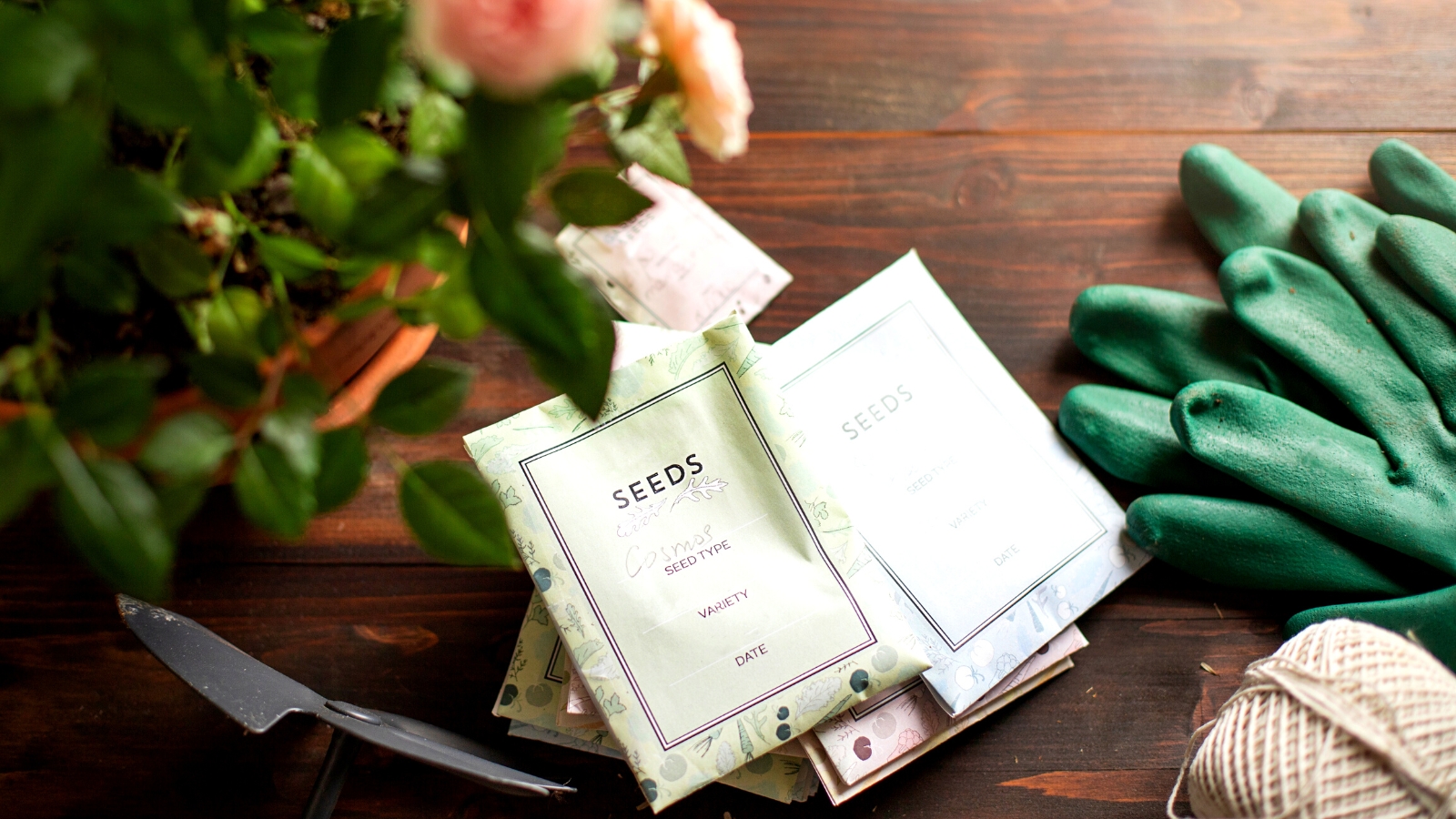
One of the most exciting parts of starting a chaos garden is choosing your seeds.
Many gardeners like to use the opportunity to use up any old seeds in storage. Seed packets often come with far more seeds than we have space to grow, leading to a mountain of half-opened packets and old seeds over time. Chaos gardening is a great way to use these seeds, ensuring none go to waste.
You can ignore expiration dates if you’re using older seeds – simply mix them together and hope for the best. If you don’t have any old seeds, you can always purchase a few new packets to mix together, giving you a more tailored mix of plants for your chaos garden.
Native plants are more likely to thrive in your chaos garden as they are already well-adapted to your local environment. You can also pick plants more likely to grow in your soil type. For example, I had relatively sandy soil in one of my beds and planted several zinnias, all of which grew happily. If you’re growing any annuals, keep in mind that they will eventually need to be replaced at the end of the season.
Sprinkle Your Seeds
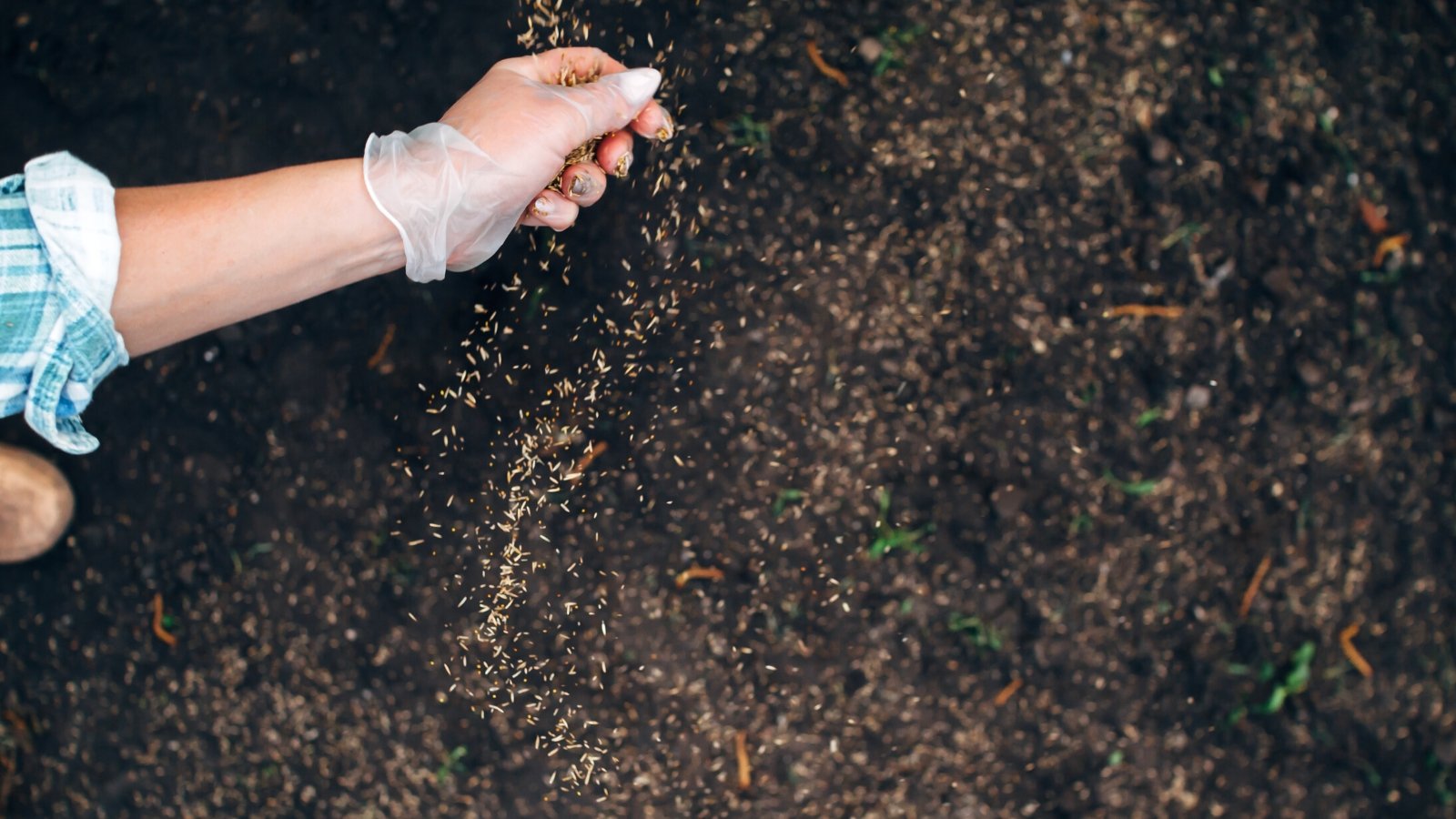
Once you’ve gathered all your seeds, toss them together in a bowl or shaker to mix evenly. I started my first chaos bed by mixing straight from the packets by hand, but this led to patchy sections of plants rather than an even distribution.
After mixing, you can soak the seeds a little before sowing if you like. This is helpful for reviving older seeds with tough outer shells. However, as with preparing the soil, this is a step you can skip if you prefer.
Then, simply sprinkle the seeds over the patch of soil as evenly as you can. Since larger seeds typically need to be planted a little deeper, you can also sow these first. Cover larger seeds with a layer of soil before sprinkling the finer seeds over the top. Many wildflower seeds can germinate right on the surface of the soil.
Water Them In
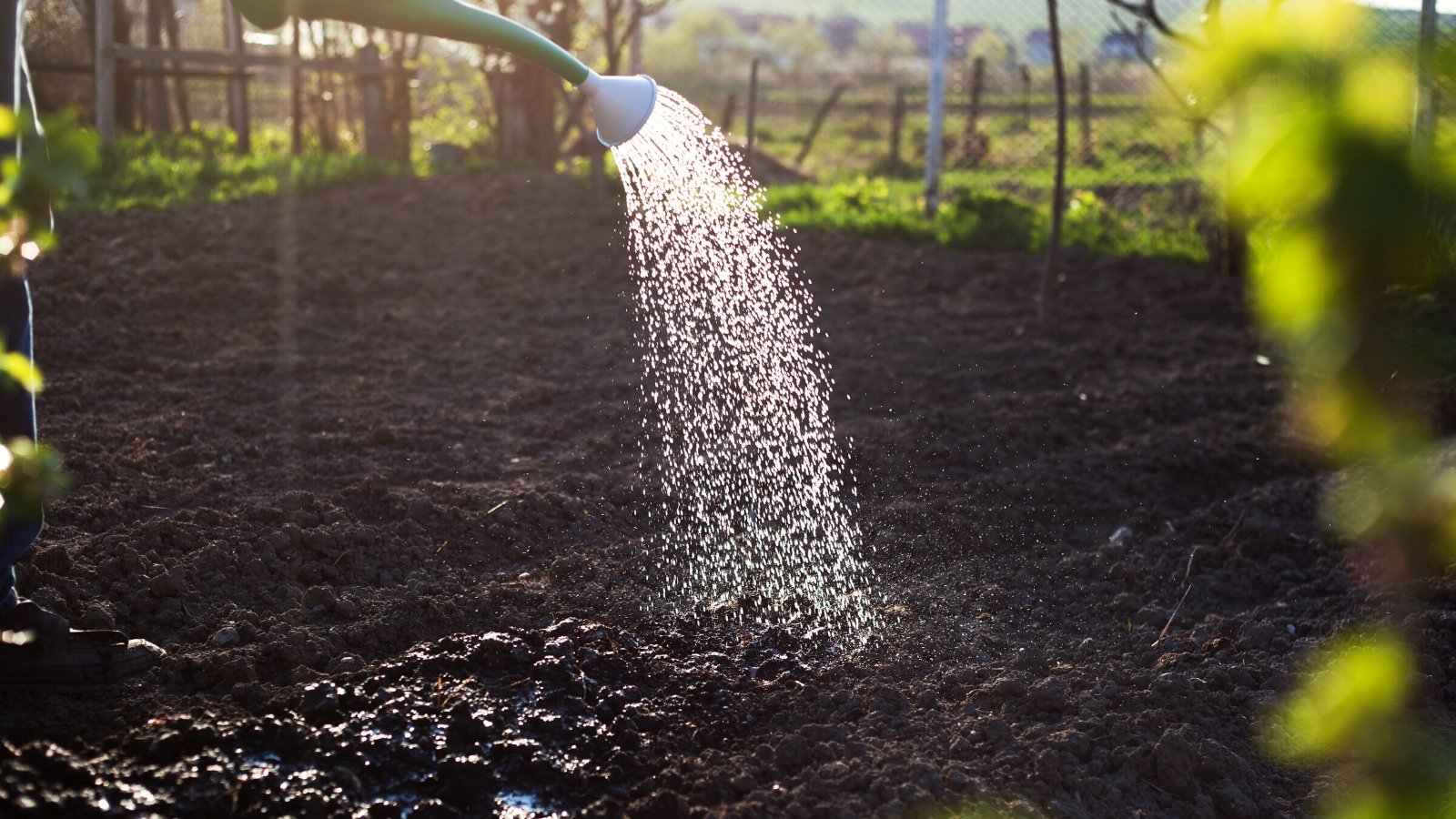
As low-maintenance as chaos gardens are, there is one task you can’t avoid after planting – watering. Seeds need moisture to germinate, so it’s vital to water the bed after sowing to encourage your seeds to sprout. You’ll need to maintain the moisture levels in the coming weeks until you spot new growth, ensuring the young plants have a strong enough start to survive.
The alternative is waiting for rainfall to do most of your watering work for you. I live in an area with high rainfall, mostly in summer, so planting in late spring meant most seeds germinated without any extra watering. However, I did still have to water straight after planting to settle the seeds and try to hide them away from birds in the area.
Once the plants are established, you won’t have to do much extra watering. If several seeds germinate, you may want to thin the plants to avoid serious overcrowding, but that usually takes care of itself.
Wait
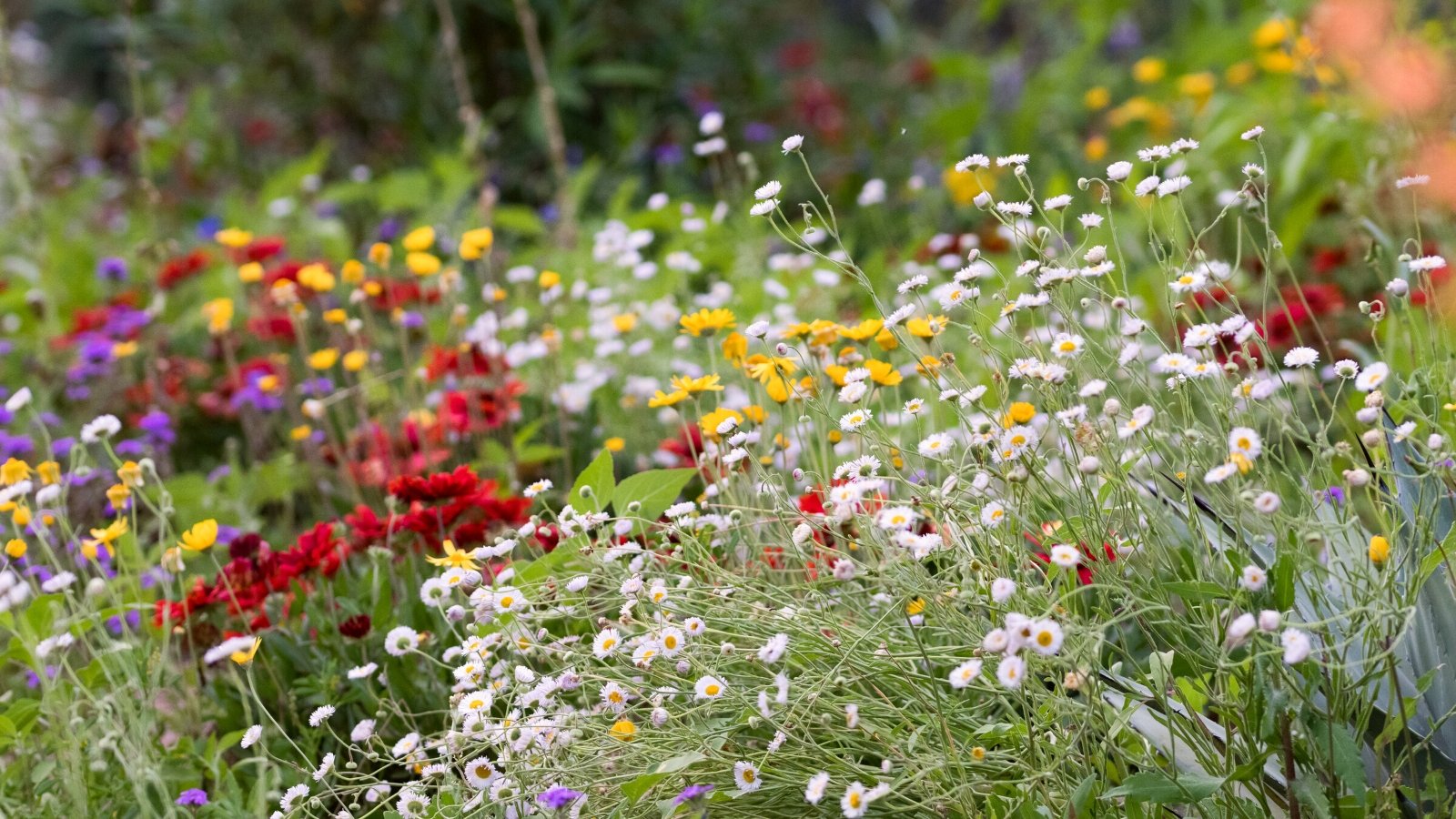
The final step is arguably the hardest one. After planting and some minor maintenance, all there is left to do is wait and see what your chaos garden turns into. Make a note of what you planted originally and what grows best, giving you valuable information for the seasons to come.
Final Thoughts
Chaos gardening is the ideal solution for low-maintenance gardeners looking for an effortless bed or a fun gardening experiment. Follow these easy steps, and you’re bound to fall in love with the process.




